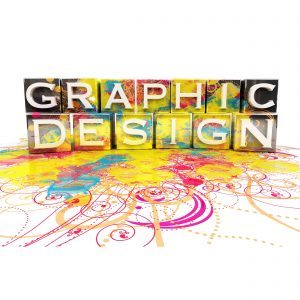 What happens when a veteran graphic designer takes a marketing job at an engineering firm? When creativity meets analytics, not only does coffee intake increase, but valuable skills are picked up as well.
What happens when a veteran graphic designer takes a marketing job at an engineering firm? When creativity meets analytics, not only does coffee intake increase, but valuable skills are picked up as well.
With nearly 10 years in the graphic design business, I didn’t think adapting to new processes and schedules would be difficult. I was wrong.
The following 5 lessons helped me survive working at an engineering firm and prepared me to be the Creative Director at Marketing Refresh.
1: Control The Schedule, Don’t Let It Control You
Engineering firms are a fast-paced work environment. Request for Qualifications (RFQs) need to be sent yesterday, and significant projects should have been done last week.
To push the boundaries of their visual marketing collateral while handing other day-to-day tasks, I couldn’t let a schedule drive me insane.
By prioritizing my workload before starting a project, I was able to prevent mistakes, wasted effort and worked in a tighter time constraint.
2: Stay Organized, Or Else
Most projects had multiple deliverables. Many required different skill sets and mind frames.
Trying to complete a project one deliverable at a time will create the same issues as not prioritizing your work.
Put one foot in front of the other and apply that to each mini project within a larger scope.
3: Manage The Right Relationships
If you can streamline the process with your present clients, it allows you to spend more time with the difficult ones.
Around 70 percent of customers will trust your skill set and give you the space you need to work efficiently. The other 30 percent are more skeptical and need reassurance that the project is going well.
By learning which clients require the most attention and finding an efficient way to communicate with them, the quality of work will improve, and your stress level will drop.
4: Create Expectations, Then Manage Them
A huge misconception about design is that it’s easy and doesn’t take long.
Learning to ask the right questions and get enough feedback so you can create a realistic expectation is the first step in creating quality work.
If you’re given a project with an unrealistic timeline, it’s important to speak up. By doing so, everyone is on the same page, and you’re setting a precedent that this work takes time and hopefully gaining their appreciation for the skill involved.
5: Establish A Flexible Workflow Process
Take the previous points and be prepared to throw them out the window.
Every day is a new day. You never know what will get dropped on your desk, which projects will be canceled, or who will show up at your door. Learning to be flexible is key to quality work.
… So Here’s The Gist
By working in the marketing department at an engineering firm, I discovered new processes and ways of thinking that allowed me to grow as a graphic designer. Now that I’m at Marketing Refresh, I can use these skills to produce higher quality work in a shorter amount of time.
Contact Us Today to get your marketing boost started.


